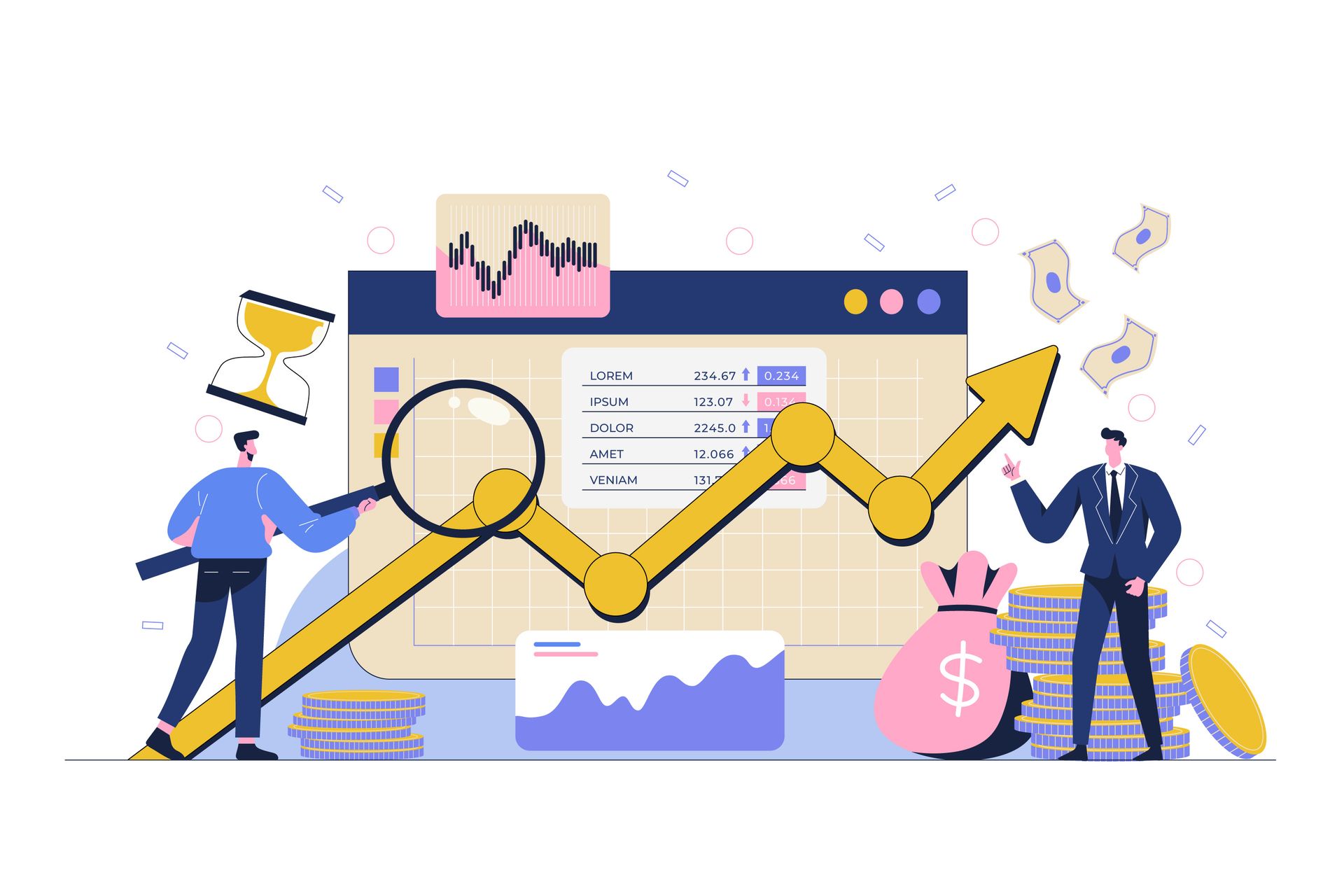Technical analysis (TA) is one of the tools that is mostly used by traders and investors when it comes to determining the prices that are likely to be exhibited in the market through analysis of past prices. There are those who strongly recommend its usage while there are some who opine that it lacks efficiency hence resulting in missed prospects or even failures. As an extension of why technical analysis does not work the way that many traders expect, one stands in a better position to make proper trading decisions. Below is presenting the seven major causes of why technical analysis fails.
Why Technical Analysis Does not Work?
Let's understand the reason why technical analysis does not work.
1. Over Reliance on Historical Data
Technical analysis involves use of previous trends and other price related factors as a way of tapping into the future trends. But the fact remains that there are so many influential factors concerning the financial markets, and the majority of them are unpredictable.
Sometimes, occurrences such as economic recession, regional conflicts, natural calamities, terrorist attacks among other woes can lead to a market shift that past data cannot predict. They also rely on history making past data the major reference for budget, this can be misleading in a dynamic market.
Insight: Research that was conducted at Yale University showed that although technical analysis is applicable and very handy at times when the market is stationary when there is volatility or if there is an occurrence of an event, it is not very effective. This implies that it is dangerous if decision makers rely only on these grounds.
Checkout: 7 Best Option Strategies Every Trader Should Know
2. Ignoring Fundamentals
Technical analysis is based on prices where the analysis often disregards the variables causing the price to change such as the prospect of a healthy or an unhealthy balance sheet in an organization or conditions in a certain sector.
The main reason why technical analysis fails is that it makes such prices subject to short-term market fluctuations, which may deviate from the true value of such products.
For instance, you may have a bullish signal that comes out after an analysis of charts but that particular stock can lose its upwards trajectory if the business firm behind the stock is in a rather bad financial situation.
Insight: CFA Institute report shows that combining both technical and fundamental analysis while trading gives you a better picture of the market. Lack of adherence to basics may mean not getting important information that relates to shifts in price.

3. Market Manipulation
There are cases where the financial markets lack fair competition or are not balanced. There is, of course, more often large institutional investors, hedge funds, and even governments buy and find ways to manipulate or at least warp market prices.
Such an approach can distort various patterns of prices and, hence, various price indicators that can provide false signals. To these account holders who focuses solely on technical analysis the shift by large players may not be easily predicted.
Insight: When speaking about the overreliance on technical analysis, a 2021 University of Chicago study showed that market manipulation is much more common in the relatively liberalized markets. This highlights the need for the analyst to consider the state of the market while using TA.
4. Overcomplicating Analysis
Technical analysis can use numerous indicators, including moving averages, Fibonacci retracement levels, and many others. However, when utilizing these tools, it is important not to overcrowd your chart with too many indicators, as this may lead to “over-analysis” which in turn means the trader is confused due to the many signals he/she is receiving.
Insight: Another serious case was made by the Chartered Market Technician Association and showed that traders who employ lesser numbers of familiar and sophisticated indicators outperform the ones who have large lists of tools. In fact, a simpler method in analysis tends to contribute towards more effective choices.
Checkout: Top 10 Best SIP Plans for 5 Years Investment 2024
5. Emotional Bias
Some of the issues arising with trading are more related to emotions that are needed to be controlled. Technical analysis is also one of the areas that have a high probability of being affected by emotions even when it is carefully planned.
These psychological factors may include FOMO, greed and panic in this context may cause the trader to disregard well-thought out analysis and the trader makes a bad decision. Emotional factors can lead to traders using technical analysis to cut losses at the wrong time or enter trades at the wrong time as well.
Insight: The behavioral finance studies reveal that trading loss decisions are mainly made on the basis of emotions. One method to reduce the effects of emotions on trades is a simple regimen that is to adhere to what has been outlined in a trading strategy.
6. Misinterpretation of Indicators
It is important to note that technical indicators are not immune to certain shortcomings and biases. They need relevant interpretation and even professional market players can make the mistakes in their interpretation.
For example, there is a mistake of expecting that a certain trend will persist for longer time since a chart pattern indicates so. However, trends work in circles, and therefore can turn in the opposite direction and work towards generating losses.
It is advisable to learn different methods of interpreting the indicators because misinterpreting the indicators leads to wrong trades and loss of confidence in the analyses.
Insight: A study that was conducted in 2019 and which appeared in the Journal of Financial Markets sought to compare the performance of different technical indicators in the trading market and found out that performance is higher in those traders that make periodic self-audit of their technical indicators and reform them where necessary. This shows that trading is an ever-extending learning process so that learning should never cease.
Checkout: Investing in Mutual Funds vs Stocks: Which is Better?
7. Short-Term Focus
Technical analysis especially covers short term trend and it can be used on a daily chart or even a minute chart. However, it deems to be restrictive because it does not take time to look at other market possibilities and more so future possibilities at large.
Many short-term traders such as Day traders could lose out on massive profits especially after focusing on short term price movements rather than long term movements.
Insight: The study done at the Wharton School of the University of Pennsylvania has found out that the traders who use fair amount of both the short-term and long-term strategies are likely to be more successful. This way, the traders are able to balance between the short-term trades and long-term trends hence better trade.

Conclusion
As has been pointed out, technical analysis is an effective form of analysis, but it is by no means perfect. Lack of historical data, lack of focus on fundamentals, influences by the manipulations on the market and ineffective use of emotions are just a few of the reasons why technical analysis does not work.
The knowledge of these traps and using technical analysis in conjunction with other approaches would improve the probability of making a proper trading decision in the stock markets. As you have noticed, no method comes with a guaranteed profitability but a combination of methods will always bring better returns.
Checkout:
Top 7 Reasons Why Technical Analysis Does not Work